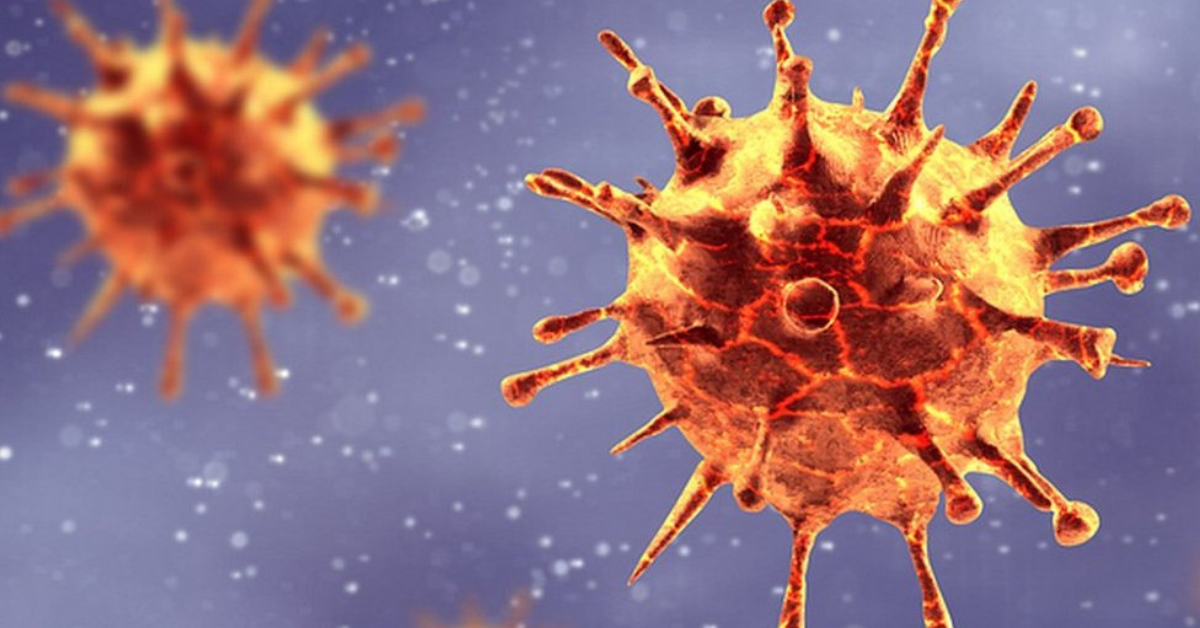When the world first felt the initial wave of Covid-19, speculations were rife about every aspect of this novel coronavirus. Many experts wondered what would be the virus pattern or if the disease will subside. Well, the bad news is that the second wave of Covid-19 has just gone from being worse to catastrophic.
Recent research has also found that the new variant of the virus transmits more rapidly, intensifying faster and spiraling out of hand. So, let us find out what are the new strains and the precautionary measures we can adopt to tackle the present situation.
How Has the Coronavirus Changed?
Viruses tend to mutate over time. Sometimes the new variants that emerge disappear on their own and sometimes they persist over time. In the case of the Covid-19, the latter seems to hold true. Ever since the breakout of the epidemic, new variants of the virus have been reported globally.
Currently, five viruses are considered VOCs (Variants of Concern). They are B.1.1.7, B.1.351, P.1, B.1.427, B.1.429. All these above-mentioned mutated viruses seem to transmit very easily and hence raise more safety concerns.
How are the New Variants Different from the Earlier Ones?
As of now, there are in total 17 mutations that have taken place in the B.1.1.7. The initial analysis also indicates that the new variant can spread rapidly amongst people but it will not worsen conditions as fast.
This surge in the rate of transmission of the virus makes the pandemic more challenging. Thus, apart from ramping up vaccination, the following are the things to know:
- The new strain of viruses can be identified only through genome sequencing and not by the RT-PCR test.
- Mutated virus strains like B.1.1.7 are contagious and hence will bring milder to severe disease in the body.
- Apart from the adults and senior citizens, children are also at equal risk of getting affected by the new strain.
- The second wave of Covid-19 can affect existing therapies, vaccines, and tests.
- The disease symptoms caused by the new variants also differ from the earlier ones.
What are the Precautionary Measures to Take?
Medical institutions from all over the world have stressed on maintaining the regular preventive measures to combat the threat. These include wearing masks, physical distancing, and hand hygiene, to limit the spread of the virus. They have also re-emphasized the need for proper ventilation indoors and limiting gatherings to small numbers for keeping people safe.
The ongoing pandemic has brought to light several topics out of which prevention tops the list. Thus, as far as these new new strains are concerned treatment and vaccines appear to be the only way to limit the infection.
Always remember, viruses mutate when they spread through people. So, keeping yourself safe in these uncertain times will assist you in winning the war against this pandemic.
We at TriBeCa Care have your good health and safety at heart, always. If you have any further query, feel free to reach us. Call us at + 913366064208 or request a callback. Email us at enquiry@newwpsite.tribecacare.com

